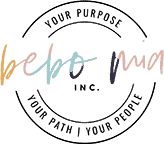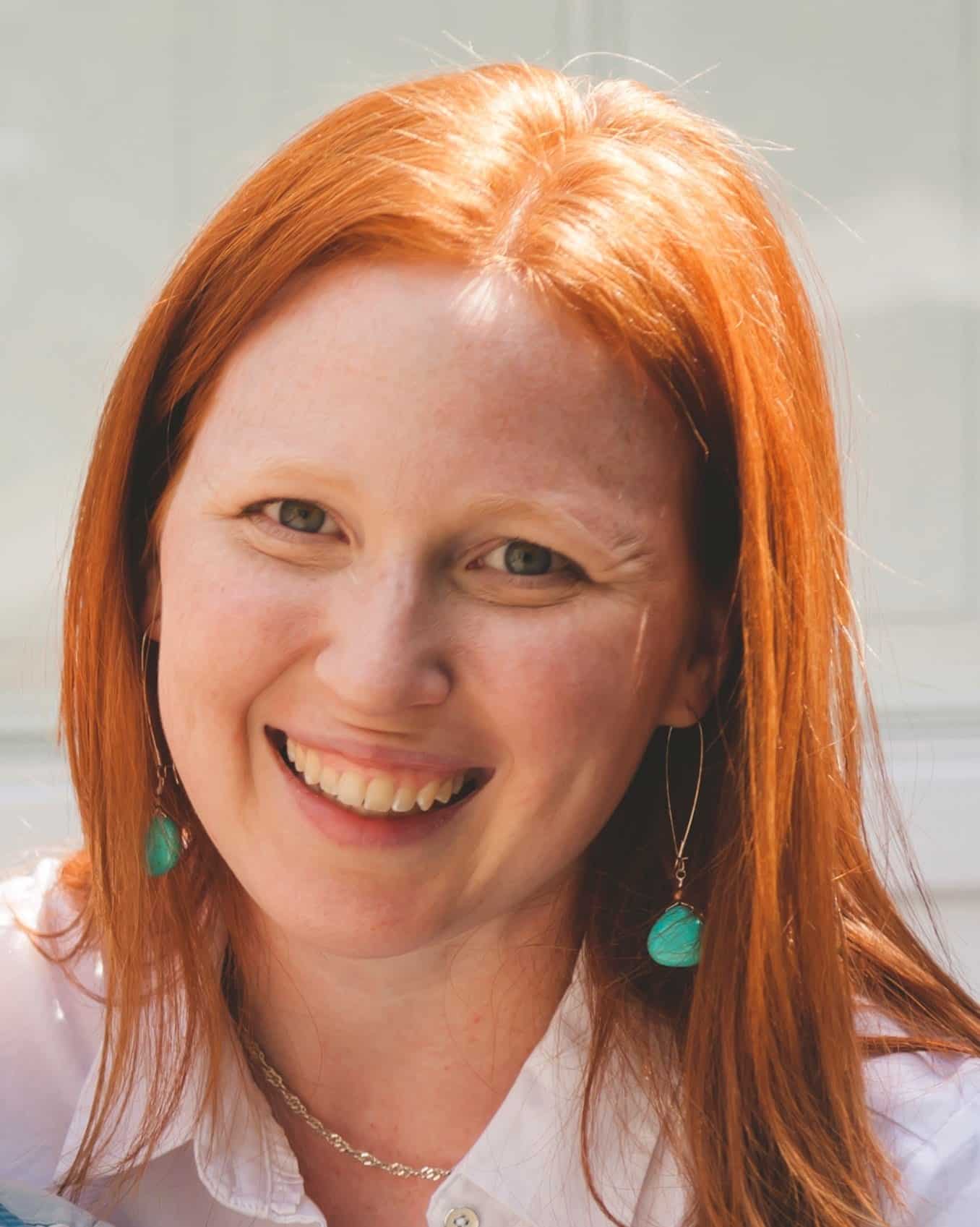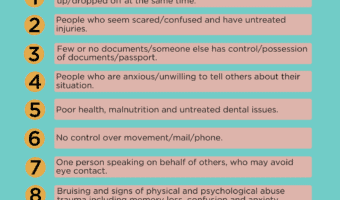[wpseo_breadcrumb]
Nursery During Earth Hour: Our resident expert on all things eco-baby and the environment, Emma Rohmann, has shared her valuable insights with all of us on tomorrow’s Earth Hour. She believes that it takes more than an hour of turning off your lights to make a difference and teaches us that small changes can have a lasting impact on our little ones. And in case you’re wondering what Earth Hour is – Around the globe, millions of people, businesses, and landmarks set aside an hour to host events, switch off their lights, and make noise for climate change action.
Here’s what Emma has to say…
If you’re expecting a baby or have a new addition, health and environmental issues may be increasingly important for you as you consider the future for your child. Climate change may be on your radar, but for many families the journey begins by creating a healthy space for baby.
While Earth Hour is traditionally focused on unplugging and saving energy (you can read my energy-saving strategies for Earth Hour here), I think setting aside an hour for any activity that will make the earth a better place is fantastic! Setting up a healthy space for baby isn’t just about reducing your family’s exposure to toxins. You will also be reducing the toxic chemicals that end up in our water and air. Not a bad way to spend an hour if you ask me!
Here are 7 ways you can create a healthy nursery this Earth Hour.
1. Know where to dispose of diapers and wipes.
If you are using disposable diapers and wipes, make sure you know where they go. Different municipalities handle diapers differently – some collect them in the garbage, others can collect them with organics (even if they go in with organics, most of the diaper is still plastics which get skimmed off and end up in landfill anyways).
Wipes should go in the garbage. Even if they say “compostable” or “biodegradable”, they are too dense to decompose in most municipal systems.
Check your city’s resources to confirm where diapers and wipes should go. Toronto’s Waste Wizard, for example, offers a searchable database for all kinds of waste.
2. Download Think Dirty
The Think Dirty App is a great way to quickly check how “healthy” the ingredients in your baby care products are (you can also scan your own body care products!). With a barcode scanner, you can scan wipes, lotions, soaps, etc. and see how they score on a scale of 0 (clean) to 10 (harmful ingredients).
This is my favourite app because it gives a detailed breakdown of each ingredient, including sources of information for how it determines each ingredient’s score. Plus, it’s developed by a woman in my hometown of Toronto and it contains quite a few smaller Canadian brands.
3. Scan your favourite baby care products
Once you have the app, go ahead and start scanning. You can build out your “bathroom shelf” within the app to see overall how “clean” your products are. You can also find healthier alternatives right from the app. If products are missing from Think Dirty, my second favourite go-to source for label-reading help is EWG’s Skin Deep product and ingredient database.
If you’re not happy with how your products score, make a plan to seek out healthier options. These can typically be found at health food or specialty stores – but reading labels is always important, no matter where you shop.
4. Whip up a batch of homemade all-purpose cleaner
Conventional cleaning products contain chemicals linked with asthma, allergies, and hormone disruption. You can buy healthier products off-the-shelf, but they can be expensive. Making your own cleaners is a quick and cost-effective way to clean baby’s room (and the whole house!) without toxic chemicals.
Start with the all-purpose recipe here and work up to creating a green cleaning collection over time.
5. Ditch the plastic teethers
In a 2016 study, plastic teethers and soothers were found to contain BPA, triclosan, and parabens, which may leach out of the product when babies suck on them. These included products that were labelled BPA-free, so it’s best to avoid plastic altogether. Silicone may be a safer choice (look for reputable brands), but I recommend you opt for organic cotton or naturally-finished wood products as healthier alternatives.
6. Ditch the fabric softener
Fabric softeners and dryer sheets contain synthetic fragrance, which typically includes any number of chemicals including known or suspected carcinogens, hormone disruptors, allergens and asthmagens. They also contribute VOCs which cause poor indoor air quality and can manifest in a number of different health impacts from asthma to eczema.
Try using wool dryer balls instead, or vinegar in the fabric softener dispenser in your washing machine to control static naturally – fret not! Your clothes won’t come out smelling like vinegar.
7. Check PJ labels for flame retardants
Children’s pyjamas must meet flammability requirements. Synthetic materials like fleece are inherently flammable and synthetic chemicals are typically used to meet regulatory requirements. These chemicals are known to be toxic, especially for young children at certain points in their development.
If you have fleece pj’s for your little one, check labels for strangely specific wash instructions – this is usually a sign that chemicals have been added. The more you wash, especially with a soap-based product rather than a detergent, the less chemicals will remain. Prioritize cotton (organic if you can), as it is naturally flame resistant and doesn’t typically need chemicals to pass regulations.
By making simple changes, you can help improve air quality and reduce your baby’s exposure to potentially harmful chemicals found in every day products and this is why I have teamed up with bebo mia! We feel that no matter what choices you make, you deserve to be informed. This is why we created the EcoBaby Certification – to help doulas and other practitioners, working with expectant and new parents, better communicate the information, without judgment or shame. Learn more about how the EcoBaby Certification can help you!
Oh, and for the record, it’s not that we’re saying, “Ditch the lights off approach to Earth Hour!” – what we are saying is, “Let’s also consider sustainable practices that will benefit the entire family year after year”.
Did this post get you thinking about making a change in your home? We’d love to hear about it in the comments! Are you inspired to do one of the 7 suggestions above over Earth Hour tomorrow? Let us know and we’ll feature you!
Emma Rohmann is an environmental engineer and founder of Green at Home. She helps families create healthier, greener homes through personalized consultations and workshops.

FREE ONLINE MINI-COURSE
BLISS IN BUSINESS RETREAT
Your future is created by what you do today — that's why we created a completely FREE mindset mini-course to help doulas and birth workers find bliss in their business!





